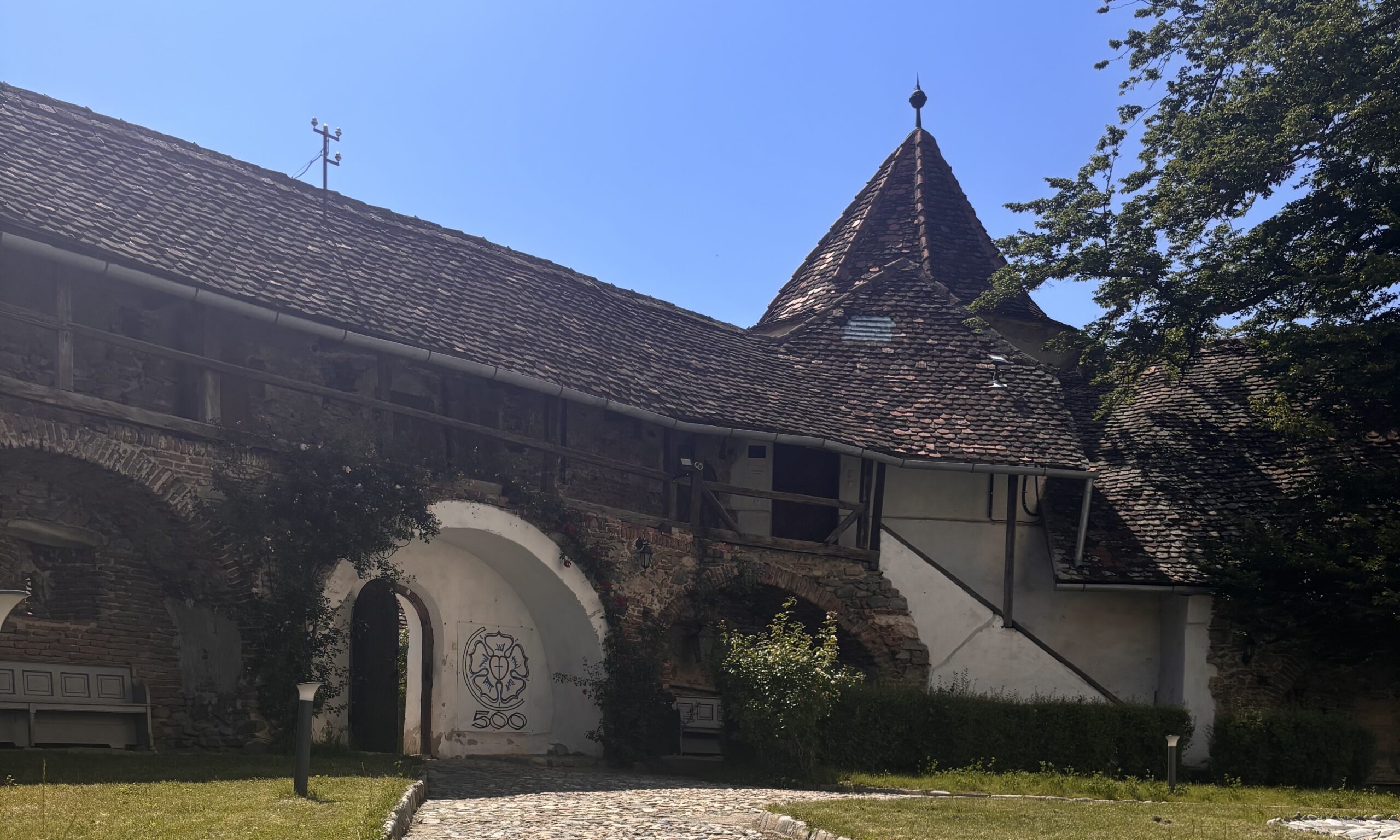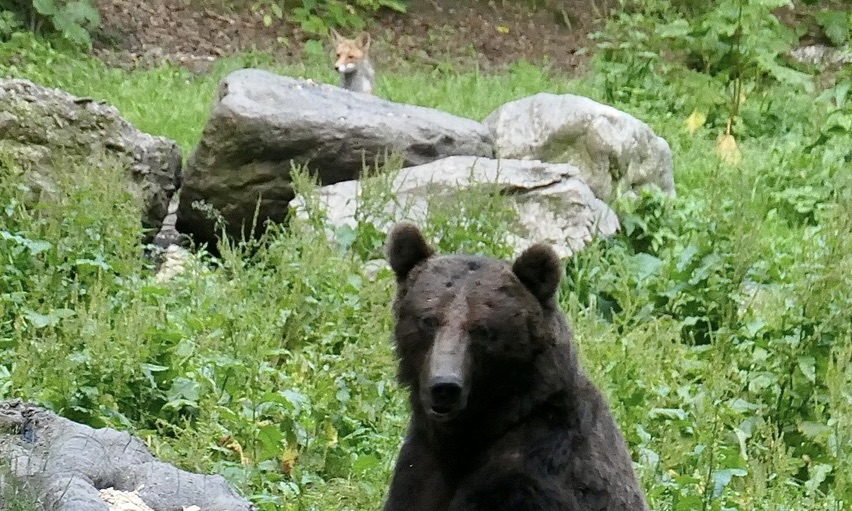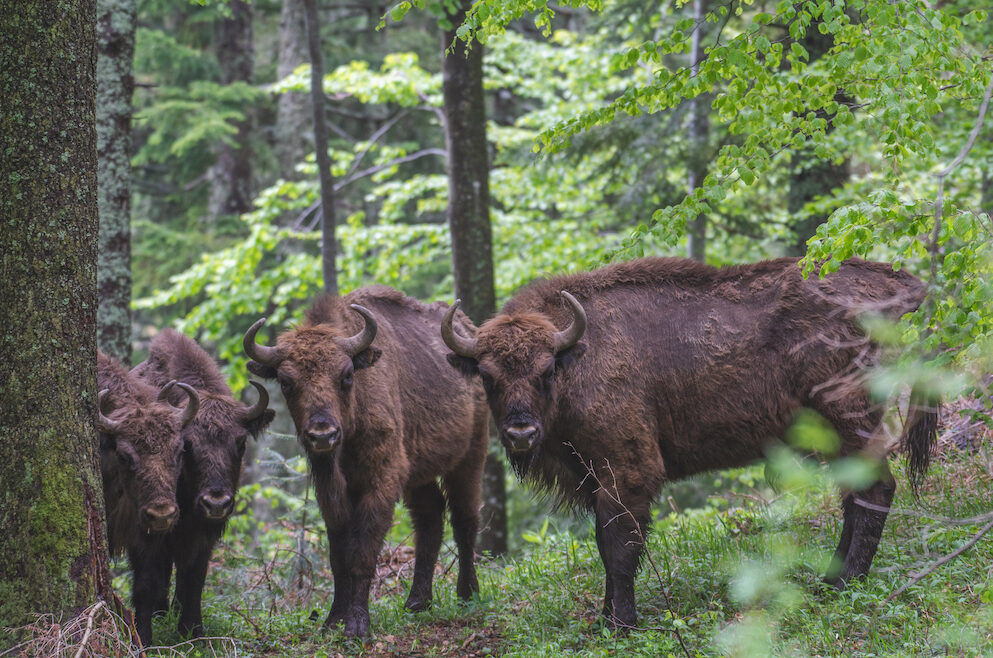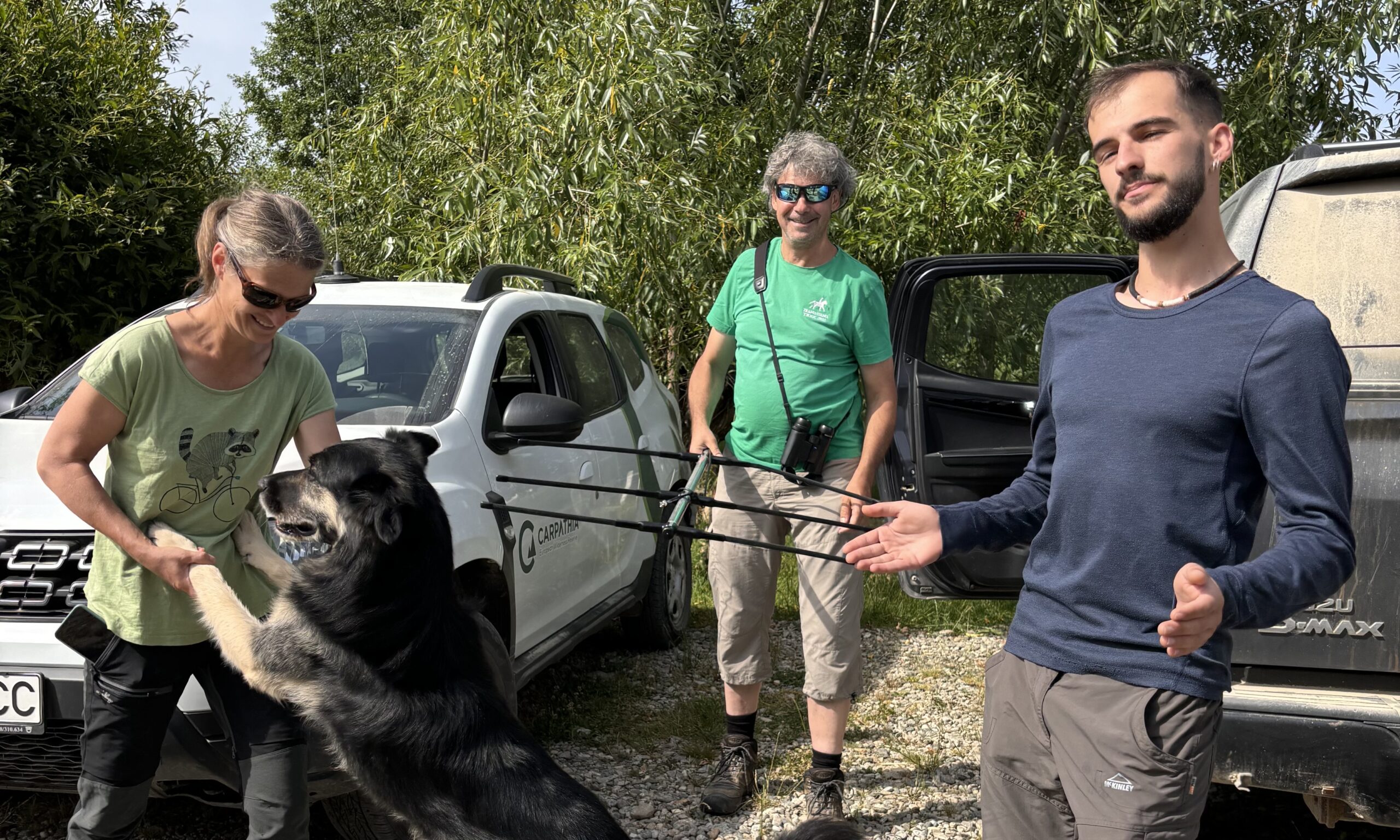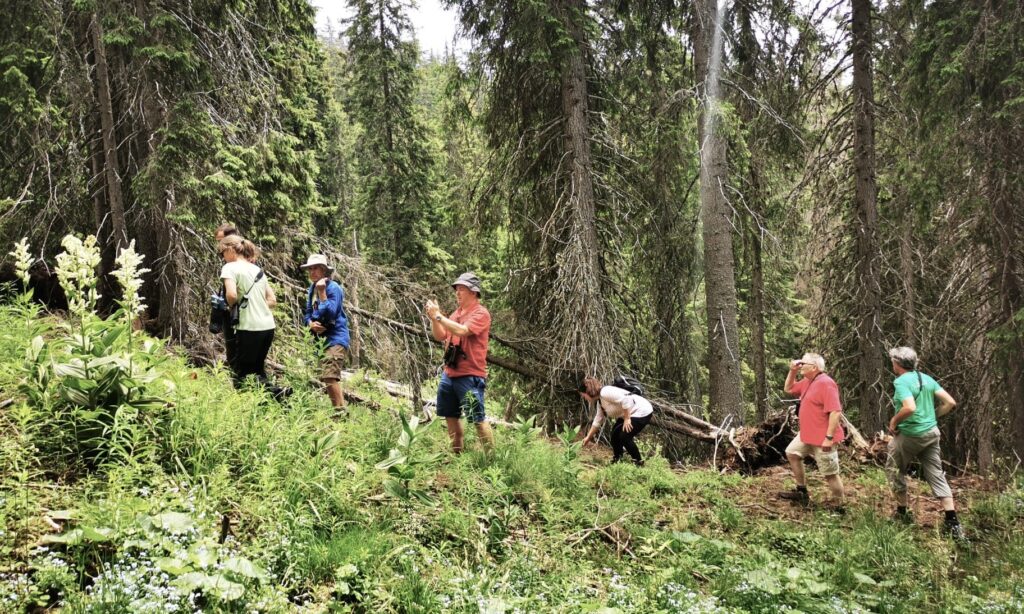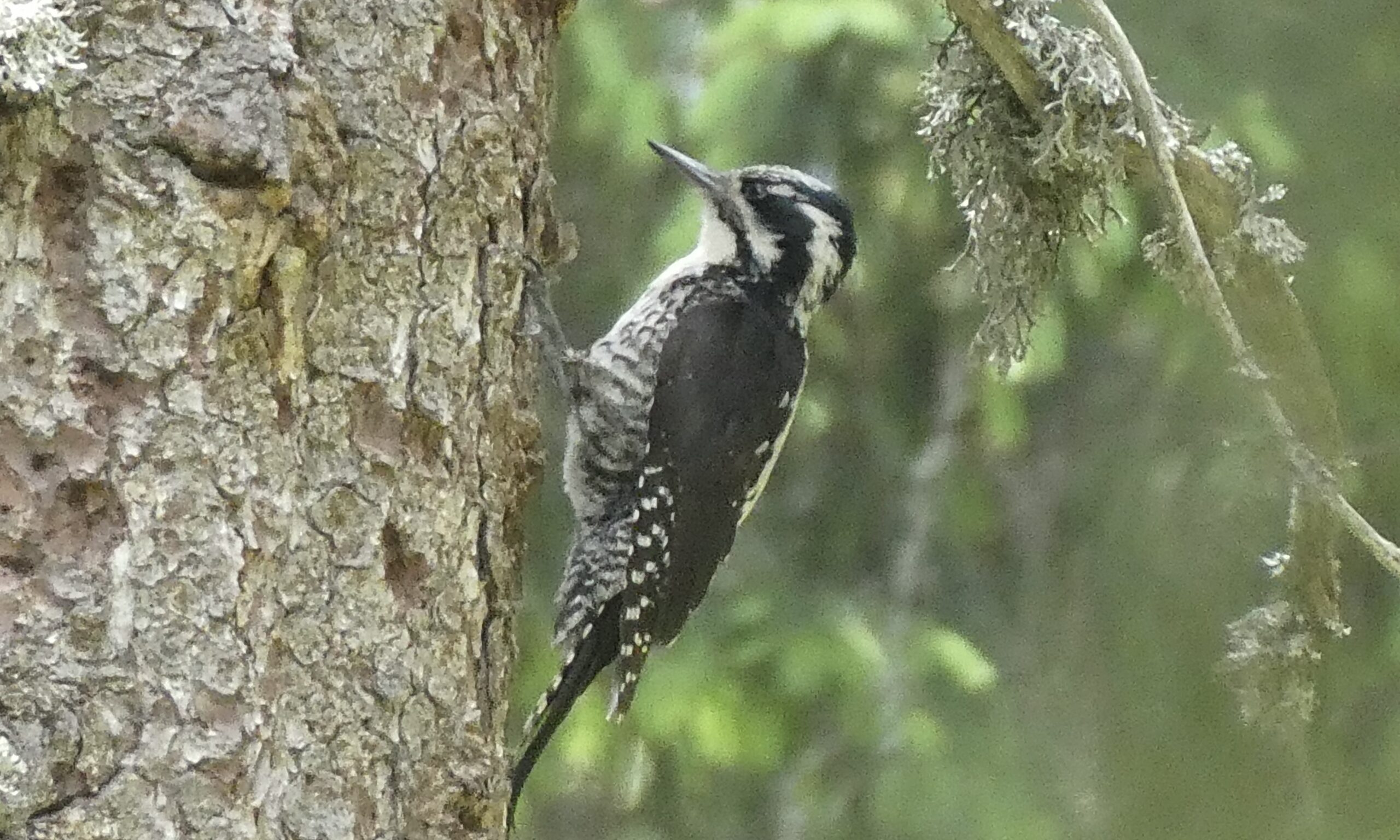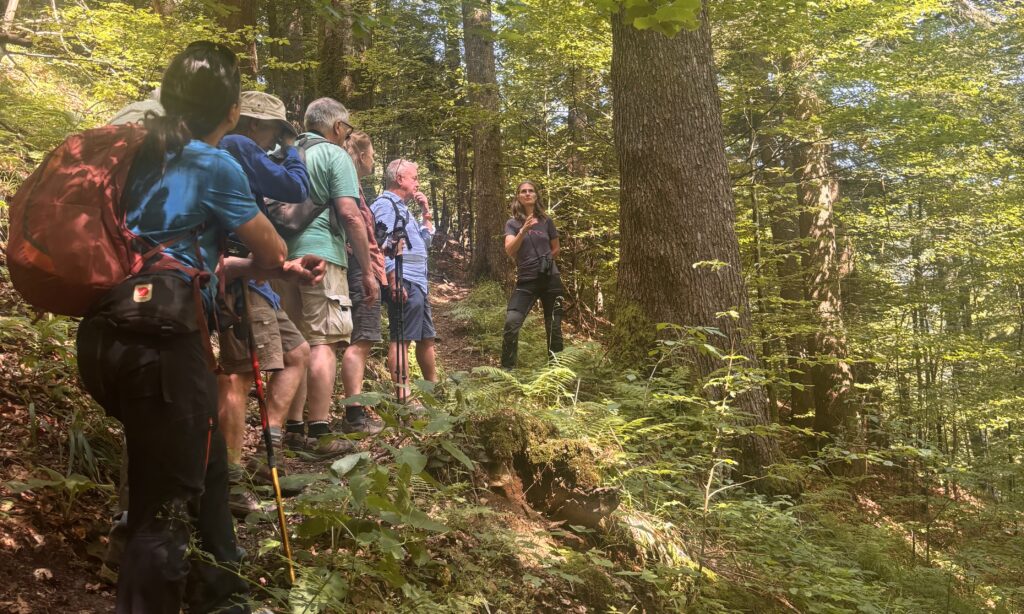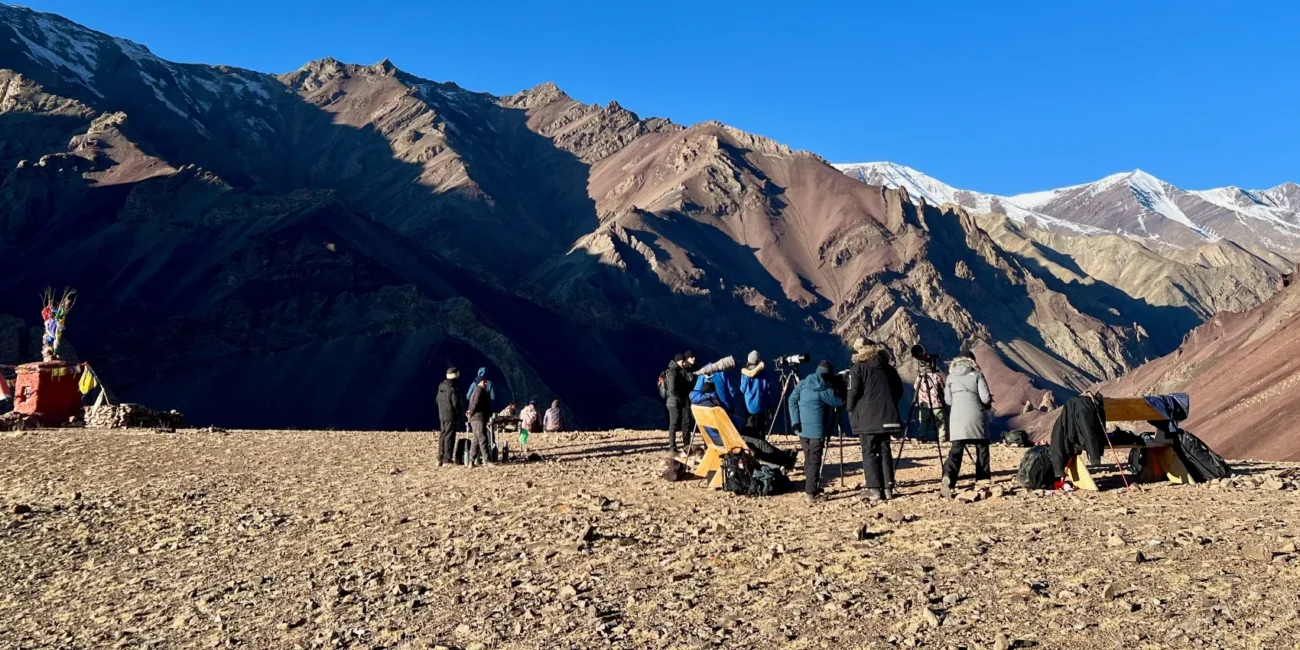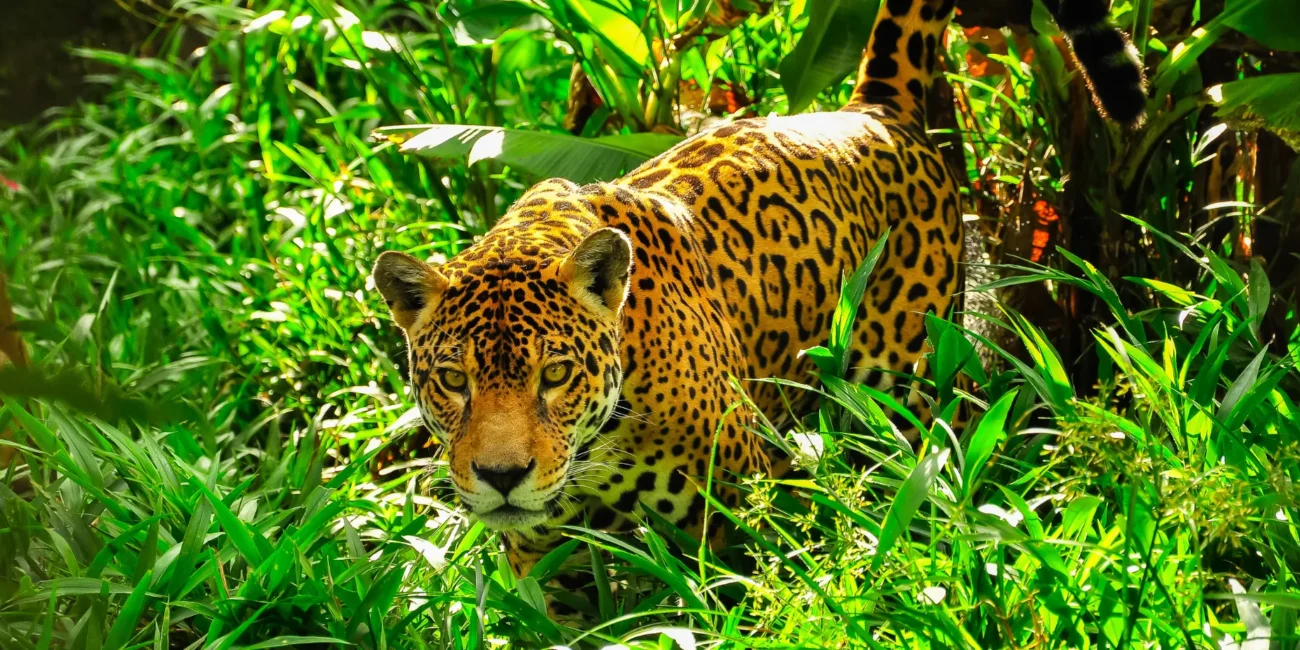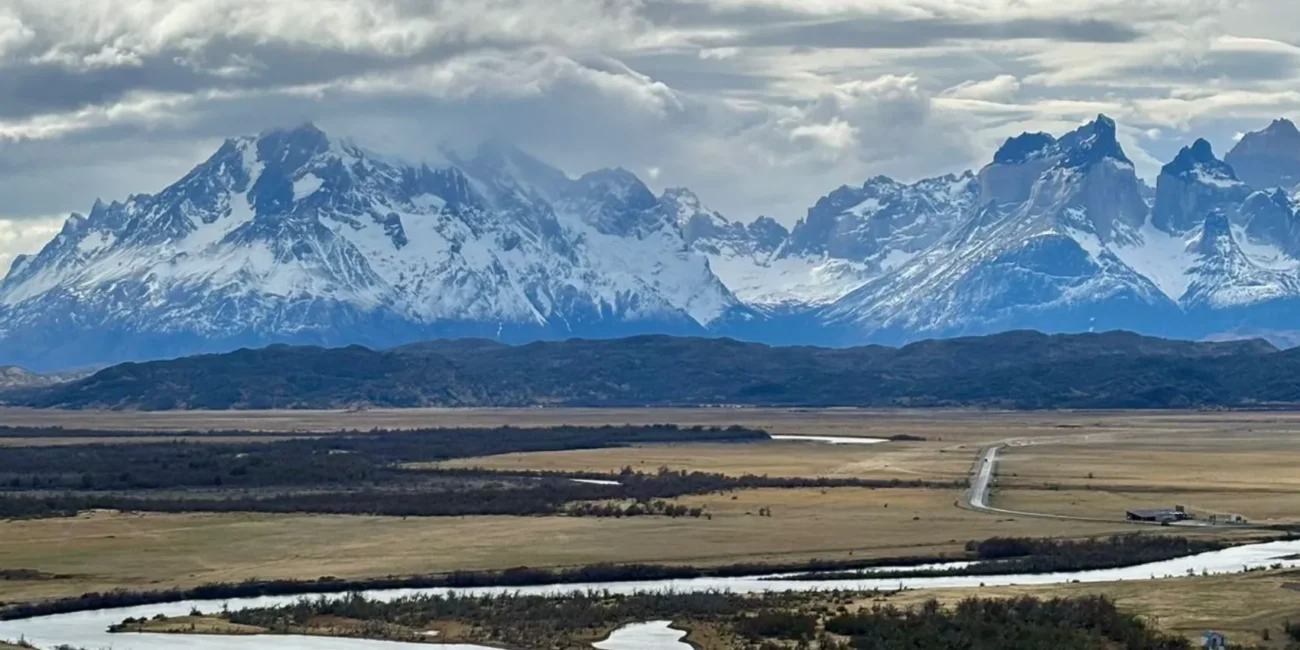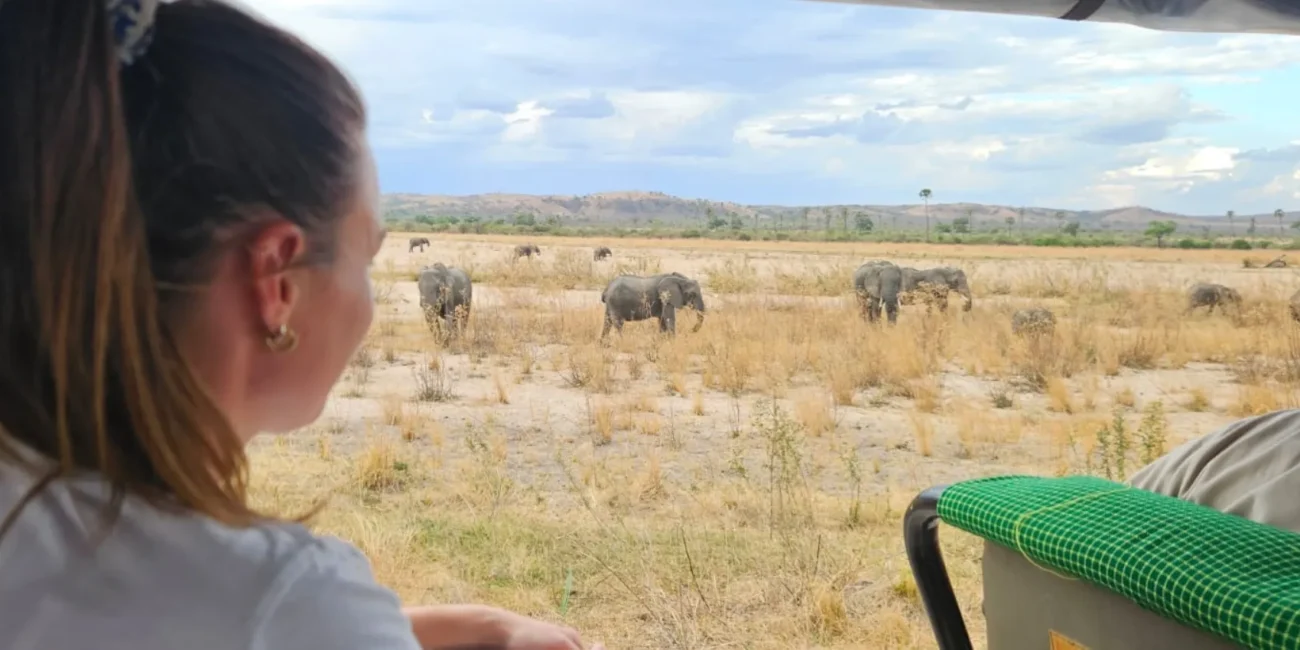I have just returned from our Hosted Journey to the Carpathians, feeling inspired and invigorated. This is one of our scheduled group journeys – otherwise termed “think tanks in the wild” that bring together people who are seeking a deeper, more meaningful travel experience in which they learn about the challenges and opportunities facing our planet.
The experience was incredible, formed of beautiful landscapes, fascinating lessons from exceptional guides, and the firsthand engagement with the inner workings of this legacy conservation project. But for me, the true value of the experience went beyond these elements – it was the group itself.
It is incredibly difficult to describe how travelling with a group of strangers can bring about such unexpected moments of awe and understanding, both in what we’re discovering on the ground, and in oneself.
Rather than share a day-by-day account of the week I have just spent in Carpathia with the indomitable duo, Christoph and Barbara Promberger, I’d like to instead reflect on the special moments that bonded our group together. As in all our hosted journeys, the guestlist is by application, and we encourage guests to contribute and ‘lean in’ to the conversations, which enriches the experience for guests, and in equal importance, the team on the ground.
One such encounter happened towards the end of our first day as a group. We had been given a brilliant tour of Sibiu, the beautiful Saxon capital of Transylvania, by local historian and one of Transylvania’s leading tour guides, Carmen – whose incredible knowledge and brilliant wit kept everyone entertained. We ventured deeper into the countryside and enjoyed a farm-to-table meal at Nucet Bio Haus, sharing personal stories whilst golden orioles swooped across fields of hay stacks. Our final stop was at a fortified church, a stunning yet imposingly austere building. As we left the church, our guide, Tudor, took us up a rickety staircase and into a dimly lit room that was filled with communist memorabilia with a timeline hanging from the ceiling chronicling the dates of Romania’s communist regime.
Within this tiny room, Tudor and Carmen started sharing anecdotes from their own childhood spent under the governance of communist Dictator, Nicolae Ceausescu. These tales started off as lighthearted accounts, recalling the theme tunes from propaganda cartoons, childhood dogs being trained to wait in line for food vouchers during the freezing winters, having 6 different coloured versions of tuna cans at the supermarket (demonstrating the rich variety one could enjoy under the communist party!), to not having any heat during the depths of winter which communist propaganda proclaimed was a ‘healthier way to live’.
Carmen then began sharing more harrowing stories of the appalling way children were treated in orphanages, of how she and so many children of her generation were beaten and abused, how contraception was only able to be purchased on the black market and how her mother nearly died several times from back street abortions as she could not afford to bring another child into the world. Tudor also shared some deeply private and gut-wrenchingly sad stories from his own childhood and, as a group, we were left shocked and reeling by how two such infectious and larger-than-life characters could have encountered such trauma in their early years. Their shared vulnerability, coupled with their gratitude for the life they were able to lead now, made a profound impression on us all.
Another moment of shared connection came in the form of a theatrical performance by a wily fox. Our group had settled into a bear hide and were quietly watching the interplay between two very large European brown bears who were circumnavigating each other around the ‘stage’ whilst sniffing out potential food spots. A younger bear cub, approximately 18 months old, having sensed the arrival of the much larger male, had wisely scarpered up a tree and was hanging on tight to one of the branches, waiting for the lead actor, and much larger rival, to wander off (as if narrating the performance from a safe perch).
Suddenly, a member of our group pointed to a collection of large rocks, ‘stage centre,’ and asked if any of us had spotted the fox. We all trained our binoculars on the spot and suddenly there it was. A fox head popped up, assessed how far the bears were from him and, having quickly calculated the reasonable distance, hopped over the log to grab some corn and quickly leap back into his hiding place. The larger bears were none the wiser and we all shared a giggle at the fox’s cunning. From that moment, the magnificent bears we had come to see played second fiddle to the fox, who had the group’s full attention every time his little head popped up to scout its surroundings again. We were all cheering on the under-study and watched in anticipation to see if he would continue to go unnoticed or eventually get caught red handed.
How do you adequately communicate in an itinerary ‘the thrill of the chase’ to guests? That the possibility of seeing a large mammal, even if you don’t, is often more gratifying than the certainty of an encounter? The ‘hunt’ is a highly addictive feeling that must feed into our hunter-gatherer instincts and my favourite moment of the trip came from just one of these experiences.
Like all brilliant hosts, Christoph and Barbara were totally in-tune to the group’s unspoken desires and were happy to make last minute changes to the itinerary if an opportunity presented itself. One day, they read the room and decided we would try our luck tracking the bison that had recently been released in the Dobroneagu area.
First, we were shown the three hectare quarantine area used when bison are translocated from countries like Sweden and Germany. Here, they acclimatise during the winter months ahead of being released into a larger, 76 hectare area in spring. Dan, our guide for the experience, arrived with a large satellite tracker attached to a signal box and started to show us how the contraption worked. Whilst waving the satellite sideways in the air, the dial would suddenly swing wildly if it picked up on the collar worn by the matriarch bison. After just such a thrilling occurrence, we set off on Dan’s heels, following him down an easy track before the signal took us deeper into dense terrain. We helped each other clamber over streams and through bogs, scrambling one after the other over fallen dead wood trunks, stopping occasionally to listen to the sounds of a three clawed woodpecker or to marvel at the natural beauty of fallen tree roots – the perfect environment for a bear seeking out a den for winter hibernation.
How do you adequately communicate in an itinerary ‘the thrill of the chase’ to guests? That the possibility of seeing a large mammal, even if you don’t, is often more gratifying than the certainty of an encounter? The ‘hunt’ is a highly addictive feeling that must feed into our hunter-gatherer instincts and my favourite moment of the trip came from just one of these experiences.
Like all brilliant hosts, Christoph and Barbara were totally in-tune to the group’s unspoken desires and were happy to make last minute changes to the itinerary if an opportunity presented itself. One day, they read the room and decided we would try our luck tracking the bison that had recently been released in the Dobroneagu area.
As quietly and stealthily as possible, we navigated the landscape on high alert for bison tracks or signs. Higher and higher up the slope towards the tree line we climbed before the signal disappeared altogether. Puzzled, we sat watching Dan as he waved his satellite from left to right. Bemused, he realised that the crafty bison had somehow fooled us and circled back down the slope in the direction from which we had just marched. Dejected but smiling at how close we had come, we retraced our steps back to the road before Dan suddenly stopped again, having picked up a very strong signal. He leapt quietly down the valley and, having spotted twin bison alongside a stream, signalled to us to follow quickly. The group silently exchanged excited looks as we hot footed our way down towards him, ducking low and peering over the shelf. Nothing. We could not have lost them a second time, surely? Suddenly, Barbara signalled towards the trees above the stream where we saw the swish of a tail and the hind quarters of two bison. A massive grin spread across my face when I realised the group had all witnessed it as well.
We sat down on the mossy, carpeted ground in the most beautiful spot of dappled light, and watched as the bison disappeared into the undergrowth a few magical minutes later.
These three particular moments made the greatest impact on me. I believe they helped to bond a wonderful group of strangers through shared experiences, in a way that words sadly cannot do justice.
Galloping across Wolf Valley with one guest, (in hot pursuit of Barbara on endurance horses), crossing recently formed beaver dams, disturbing a bear in the undergrowth and waking up in the most beautiful wilderness camp after an evening of sampling delicious Romanian food were just some of the many experiences that proved to be the icing on the cake. Above all, it was the meals we shared with Christoph and Barbara as they recounted tales of their explorations of the Yukon and Africa, watching the delight on the faces of our ‘bug club’ as Professor Alastair Driver and two very knowledgable guests would identify and catalogue a butterfly or bug they had found, or sharing a comfortable silence around a campfire under a blanket of stars that made the journey so indescribably special. It has taught me a valuable lesson that it is the people you meet and share a journey with and the connections formed through these immersive experiences that go beyond words, and I will cherish them forever.
Photography by Katya Payne, Professor Alastair Driver, Hugh Dickinson and Tudor Georgescu
DIG A LITTLE DEEPER
Contribute to Positive Impact on a Hosted Journey.
Connect with Impact Partners around the world during a Private Experience.
